Peru
Chimú culture (1000 - 1470 AD)
Glazed ceramic
27 x 16 cm
Surface wear / Restorations on the body
Former private collection
The piece has a slightly convex base, a stand should be considered.
Important anthropomorphic vase in black glazed ceramic depicting a dignitary. The neck is modeled with a face inscribed in a rectangle, characterized by coffee bean eyes framing an aquiline nose, the latter overhanging a small mouth, oversized ears and neck adorned with a necklace, atrophied arms , folded, taking position on the upper part of the body. The latter is punctuated with horizontal and vertical lines forming a series of small squares in which small lenticular patterns appear. The lower part of the body is smooth.
The Chimú culture developed on the Pacific coast of Peru, succeeding the brilliant Mochica civilization and had Chanchàn (near the current city of Trujillo) as its capital, a large city built of adobe and one of the most important urban centers in Mesoamerica. The capital fell under the yoke of the Inca emperor Tupac Inca Yupanqui around the year 1470, 50 years before the arrival of the conquistadors in the region.
The Chimú cosmogony included several deities, but the main cult was rendered to the Moon (unlike the Incas who worshiped the Sun). Chimú ceramics are nourished by the Mochica and Lambayeque cultures and are characterized by productions that are most often black in color with the use of molds for containers for domestic use, but also for ceremonial objects and other vases for offerings.















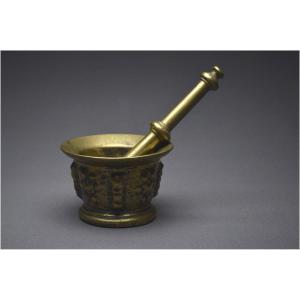
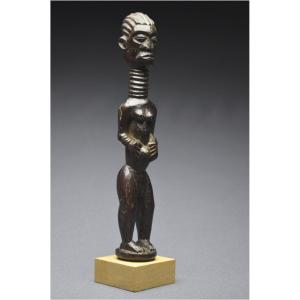
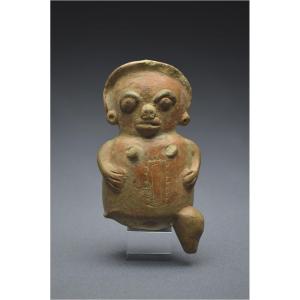

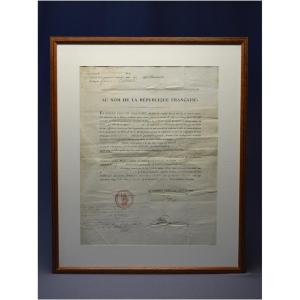

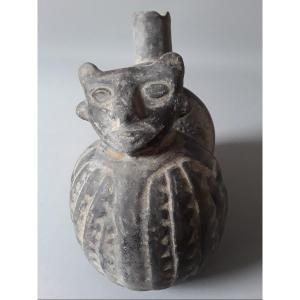


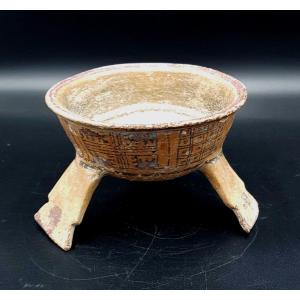
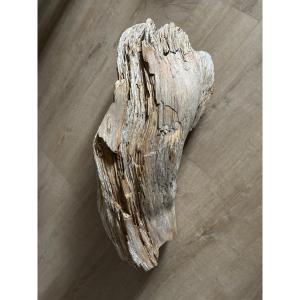



 Le Magazine de PROANTIC
Le Magazine de PROANTIC TRÉSORS Magazine
TRÉSORS Magazine Rivista Artiquariato
Rivista Artiquariato
